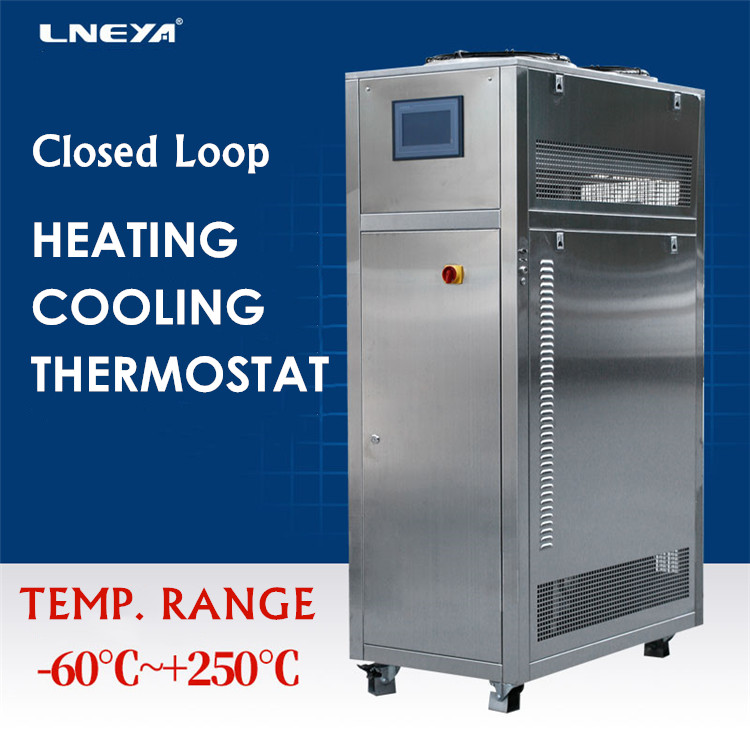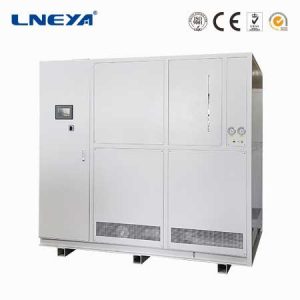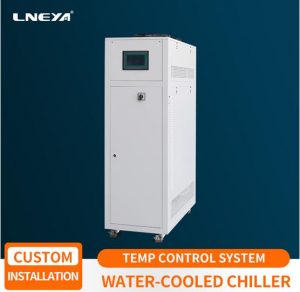The solution to the fully enclosed heating and cooling thermostat lack of refrigerant alarm
What should I do if the fully enclosed heating and cooling thermostat alarms for lack of refrigerant? I believe that many customers will encounter this problem when they use it. In fact, this is relatively simple. As long as we know the principle of the lack of refrigerant alarm, it can be solved very well. Today I will share two points with you so that everyone will encounter this problem. It can be solved very quickly.

When we encounter a refrigerant shortage alarm in a fully enclosed heating and cooling thermostat, the first thing we have to do is to check to see if the liquid level on the expansion tank of the fully enclosed heating and cooling thermostat is at the normal level, if it expands at this time The liquid level of the fuel tank is lower than the low level, then this alarm is caused by the lack of oil in the system. What we need to do is to add new heat transfer oil in time until the system has a stable pressure and the liquid level of the expansion tank is at the normal level. It can be solved.
There is another situation that will also cause the fully enclosed heating and cooling thermostat to alarm for lack of refrigerant. That is, an alarm occurs after a period of use. At this time, we also need to check the liquid level of the expansion tank. If the heat transfer oil is lower than the low level, there must be a leak in the pipeline, which needs to be found and repaired in time. If it is not the leakage problem, then Most of it should be that the liquid level float switch of the expansion oil tank touches the wall of the expansion oil tank, causing the liquid level switch to not work normally. At this time, we need to remove the liquid level switch and re-reinforce it. The main reason for this situation may be due to The fully enclosed heating and cooling thermostat is caused by slight vibration during use.
The above are two solutions for the lack of refrigerant alarm. The alarm is a fully enclosed heating and cooling thermostat’s built-in protection, mainly to prevent the heating tube from burning dry, so when we encounter this problem, we can solve it in most cases according to the two methods shared by the editor. If it is solved No way to contact LNEYA after-sales technical support.
Recomendaciones relacionadas
-
Description of requirements for installation of glycol chiller
973Generally, after purchasing the equipmentwith the glycol chiller manufacturer, the installation manual will bedistributed to the user together. So, what should be paid attention to wheninstalling the glycol chiller?In summer, glycol chillers ar...
Ver detalles -
¿Cómo sustituir la válvula de cuatro vías de un equipo de refrigeración industrial?
882La válvula de cuatro vías del equipo de refrigeración industrial necesita ser reemplazada a tiempo después de un largo período de uso, así que ¿cómo reemplazarla? Para sustituir el equipo de refrigeración industrial, primero debe retirar el tubo de conexión ...
Ver detalles -
-
Instructions for use of the enclosed cooling and heating circulator of LNEYA, a chiller manufacturer
914In the chemical and pharmaceutical field,the closed cooling and heating circulator is a cooling and heating temperaturecontrol device that cooperates with various types of reactors, jacketed tanks,reactors, extraction equipment and other equipm...
Ver detalles
 LNEYA Enfriadoras industriales Fabricante Proveedor
LNEYA Enfriadoras industriales Fabricante Proveedor














